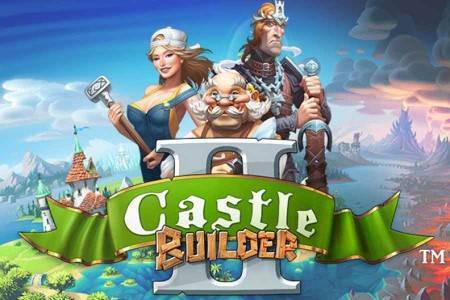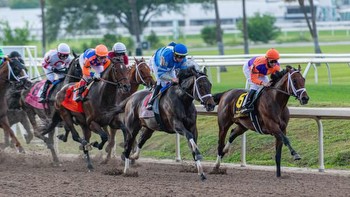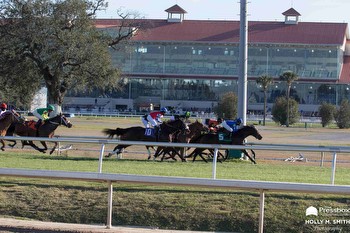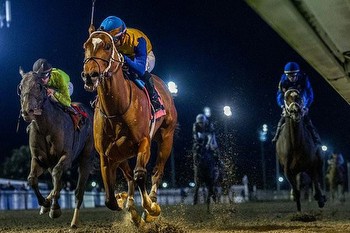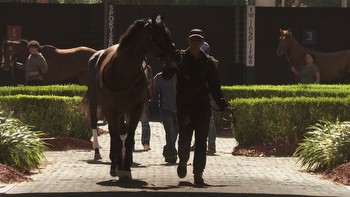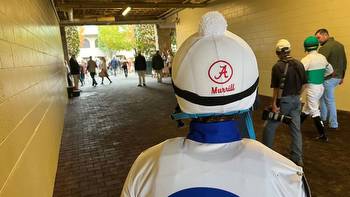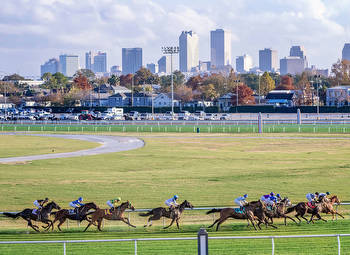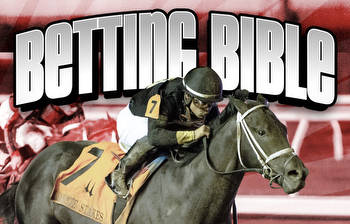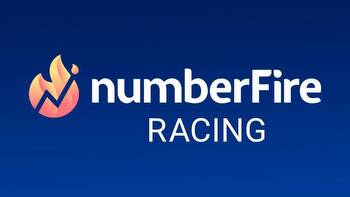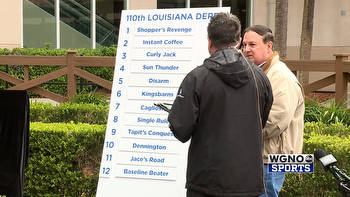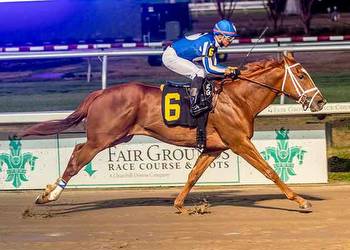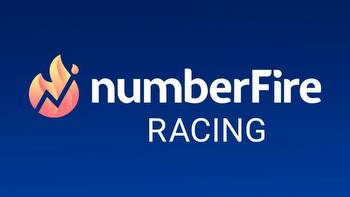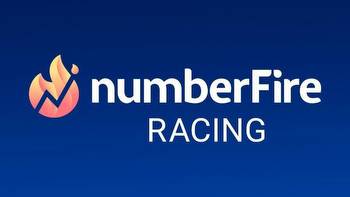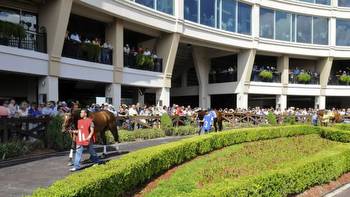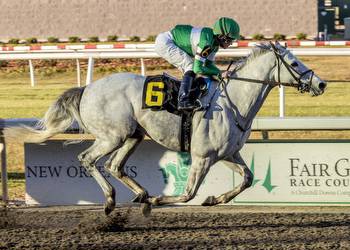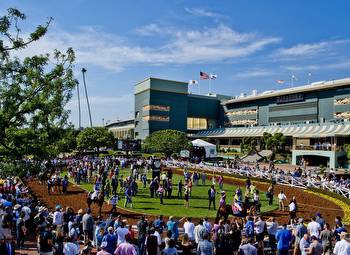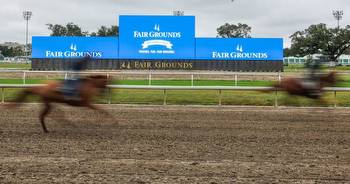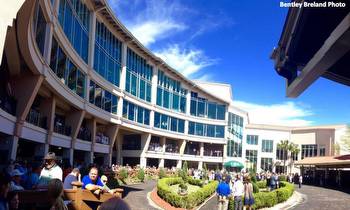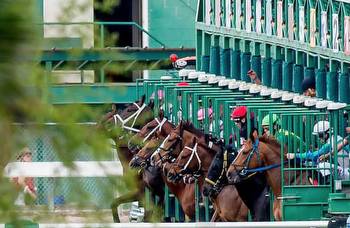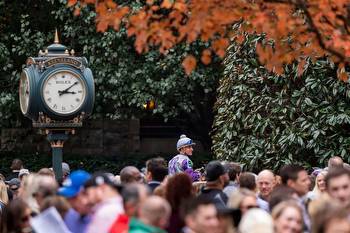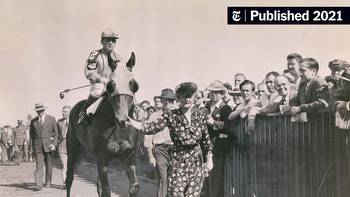Fair Grounds Race Course: A Story Of Survival Through Wars, Fires & Hurricanes
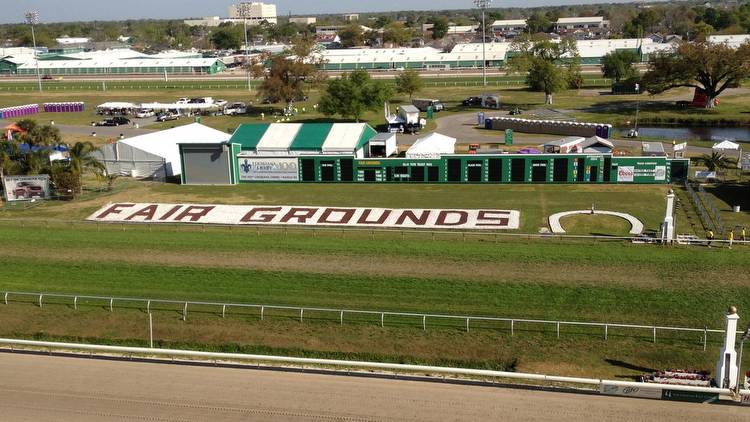
The Fair Grounds in New Orleans is hosting the 100th running of the Louisiana Derby. The infield is open to the general public for the first time in almost a century. Food trucks and vendors from around the Big Easy are on hand. Local bands Flow Tribe and Cowboy Mouth are playing on the music stage. A tent houses Racing 101 fan education seminars. The seminars introduce new players to handicapping and betting a horse race. It is the last Saturday in March of 2013. This is a celebration of horse racing in the city of New York.
The Fair Grounds race course in New Orleans has been racing since 1852. It was the home to the Union Course, but it was closed in 1857 due to competition from a neighboring track. The Creole Course was renamed the Mechanics and Agricultural Fairgrounds in 1863. In 1894, the Crescent City Derby was held at the Fair grounds. A fire destroyed the grandstand in December of 1993. The grand stand was rebuilt. Today the track is a thoroughbred racing track and is located in the Mid-City neighborhood. There are many historical challenges to racing at Fairground.
The Louisiana Derby is the biggest race of the day at the Fair Grounds Race Course. The first race loads into the gate at 1:00 pm Central time. There are 13 races on the card. Before the Louisiana derby, the stakes portion of card begins several races prior to the race. Crowds gather to watch the horses as they leave the starting gate and when they come off the far turn. There is no video screen facing the grandstand from the infield. Fans try to stake out the best place to view the horse as it enters the track and goes to start gate. John G. Dooley describes the rest of race through the colorful descriptions.
